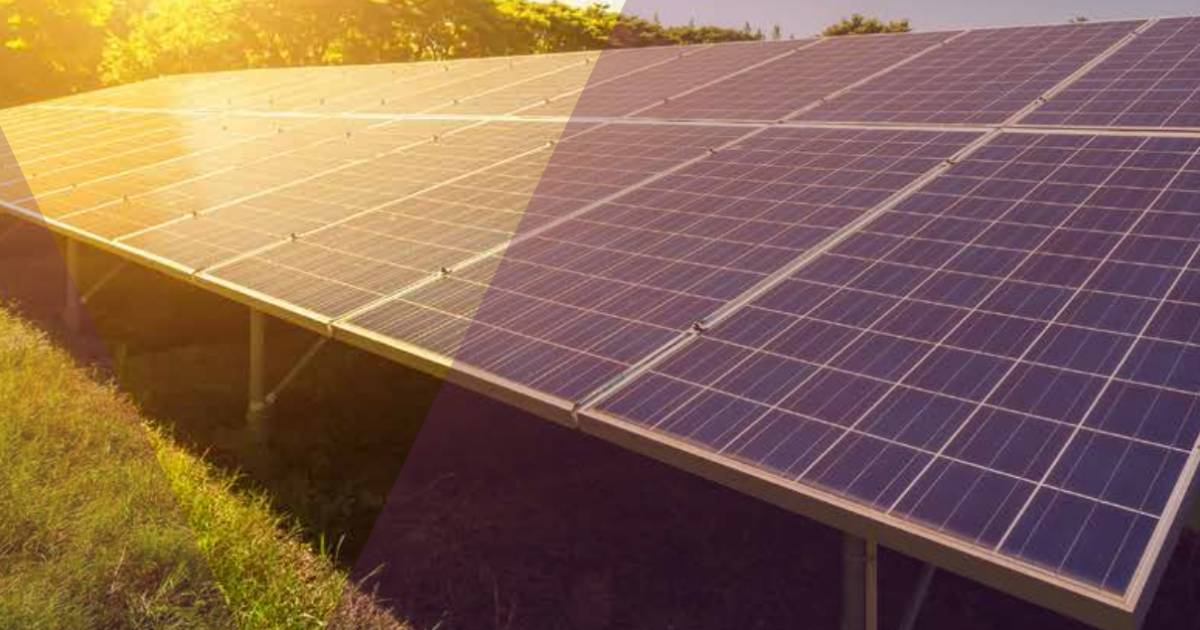
Three solar farm development applications for the Shepparton region have been given the nod by Victoria’s Minister for Planning, Richard Wynne.
The area has been attracting plenty of solar farm developers in recent years, to the point Greater Shepparton City Council was having trouble reconciling the significant benefits of utility-scale solar energy projects with the loss of agricultural land. Back in late 2017, Council signalled it wished to refer a number of applications to the state’s Minister for Planning for final say.
Among the contentious solar energy projects called in by the Minister were Tatura East (45MW – CleanGen Power), Tallygaroopna (30MW – X-Elio) and Lemnos (100MW – Neoen), which remained in limbo until last week. Those projects can now proceed, with conditions, after the Minister’s blessing.
“These permits were approved after a thorough review by independent experts and consultation with the community,” said Minister Wynne. “We’ve done the work to address local concerns and made sure all potential impacts on irrigation farmland and the district more broadly were considered in the decision.”
According to the State Government, the three projects will collectively host more than 650,000 solar panels and construction of the facilities is expect to create more than 600 jobs.
But Not Everyone Is Happy
There’s already been some backlash regarding the decision. It’s not that the communities of Tatura East, Tallygaroopna and Lemnos are opposed to solar power per se; all localities have a high saturation of small-scale solar panel systems.
The ABC reports some local farmers and residents have remaining concerns about potential heat-related issues (two of the developments will be adjacent to orchards), the use of what is agricultural land and loss of irrigation infrastructure among other issues. They feel their concerns have been ignored.
They are also unhappy applications weren’t measured against the new Solar Energy Facilities – Design and Development Guideline released in July by the Victorian Government. Shepparton Independent MP Suzanna Sheed has previously stated that stacked up against the document, the three projects would not be granted permission.
However, the Victorian Government says as the guidelines are yet to be incorporated into the state’s planning scheme (this is expected in the coming weeks), the applications were assessed against the current planning framework.
The future of other projects is still unclear, including Baringhup Solar Farm. Given the implementation of the new guidelines may occur in what appears to be a short timeframe, it could be assessed against that. Mount Alexander Shire Council requested involvement of the Minister in the Baringhup decision in March this year.
Assuming the Guideline is integrated with the state’s planning scheme, the Minister for Planning will be the responsible authority for all large-scale solar farm applications in the state.

 RSS - Posts
RSS - Posts



Australians seem to have missed the research showing mixing solar and agriculture can actually lessen rates of evaporation of irrigation/ground water in the summer, but it also means that plants don’t get as stressed out – yielding higher crop quality.
https://www.sciencedaily.com/releases/2019/07/190729123751.htm
We need to take a more holistic approach to agriculture and solar rather than a ‘one or the other’ approach.